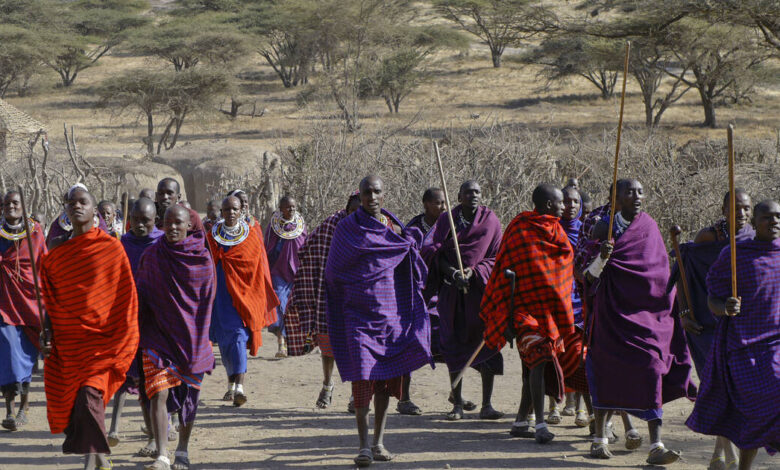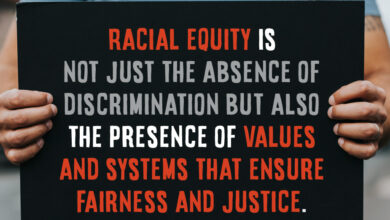Indigenous Rights and cultural preservation

As human societies develop and advance, it is often the case that the cultures and traditions of minority groups get suppressed and marginalized. This has been particularly evident in the case of indigenous communities across the world, where their rights, land, and resources have been taken away, and their cultural practices and traditions have been eroded. In this article, we will take a closer look at the concept of indigenous rights and cultural preservation, exploring the challenges that indigenous people face in preserving their cultures and the steps that can be taken to ensure their rights are protected.
Understanding Indigenous Rights
The concept of indigenous rights is rooted in the recognition of the unique status and identity of indigenous communities. Indigenous people are those who have maintained a distinct cultural, economic, and social identity that is different from the dominant societies in which they live. As such, they have a right to preserve and protect their cultural heritage, as well as the right to self-determination and autonomy.
Historical and Contemporary Challenges
Historically, indigenous communities across the world have been subjected to various forms of oppression and discrimination, including forced displacement, cultural assimilation, and exploitation of their resources. This has led to the loss of their lands, languages, and traditional knowledge, which are essential components of their cultural heritage.
Contemporary challenges include issues such as land rights, environmental protection, and access to resources. Indigenous people often have limited access to legal frameworks and institutions that can help them assert their rights and protect their cultural heritage. They may also face social and economic barriers that limit their opportunities and perpetuate poverty.
Preserving Indigenous Cultures
Indigenous cultures are rich and diverse, comprising a wealth of knowledge, practices, and traditions that have evolved over thousands of years. Preserving these cultures is essential for maintaining the diversity of the world’s cultural heritage and promoting social and economic development for indigenous communities.
Promoting Cultural Diversity
One of the key ways to preserve indigenous cultures is to promote cultural diversity. This involves recognizing and respecting the unique identities of indigenous communities and supporting their efforts to maintain their cultural practices and traditions. Governments and international organizations can provide support by funding cultural initiatives, promoting intercultural dialogue, and providing access to education and training opportunities.
Protecting Land Rights
Land rights are critical for preserving indigenous cultures, as land is often central to the cultural practices and traditions of indigenous communities. Governments and international organizations can help protect land rights by providing legal frameworks and institutions that recognize and uphold the rights of indigenous people to own and manage their lands.
Empowering Indigenous Communities
Empowering indigenous communities is essential for preserving their cultures and ensuring their rights are protected. This involves giving indigenous people a voice in decision-making processes that affect their lives, providing access to resources and economic opportunities, and promoting social inclusion and equality.
Conclusion
Indigenous rights and cultural preservation are essential for promoting social and economic development and maintaining the diversity of the world’s cultural heritage. Governments, international organizations, and civil society must work together to ensure that the rights of indigenous people are protected, and their cultures are preserved for future generations.
- What is the difference between indigenous and non-indigenous cultures? Indigenous cultures are those that developed over generations within a particular region or community, often with a strong connection to the land and natural environment. Non-indigenous cultures are those that have migrated or developed in a particular region without a strong historical connection to the land or natural environment.
- What are some examples of cultural practices that are unique to indigenous communities? Examples of cultural practices unique to indigenous communities include traditional ceremonies, art, music, dance, and storytelling.
- How can individuals support indigenous rights and cultural preservation? Individuals can support indigenous rights and cultural preservation by educating themselves about indigenous cultures and histories, supporting indigenous-led initiatives and organizations, and advocating for policies and practices that recognize and uphold the rights of indigenous people.
- Why is it important to recognize and respect the rights of indigenous people? Recognizing and respecting the rights of indigenous people is important for promoting social justice, protecting the environment, and preserving cultural diversity.
- What are some challenges faced by indigenous communities in preserving their cultural heritage? Indigenous communities face a range of challenges in preserving their cultural heritage, including displacement from their traditional lands, cultural assimilation and loss of language, and limited access to resources and funding for cultural preservation initiatives.



